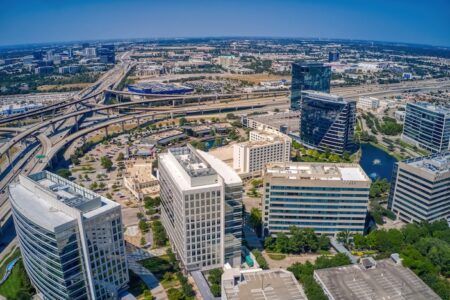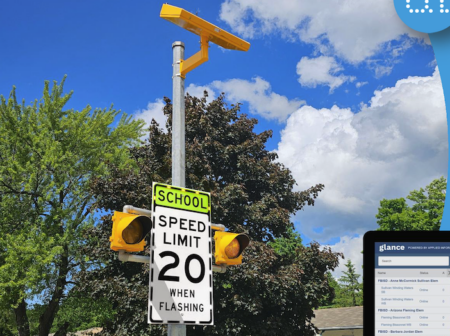Audi of America has announced the expansion of its Traffic Light Information (TLI) system to two more cities across the USA, with Phoenix (Arizona) and areas of Kansas City (Kansas) joining the intersection ‘countdown’ program.
In 2016, Audi, in collaboration with Delaware-based transportation systems and information provider Traffic Technology Services (TTS), launched Traffic Light Information in Las Vegas. With the addition of Phoenix and Kansas City, 10 cities and more than 2,250 intersections across the USA now use the service, with the other TLI-enabled cities being: Dallas and Houston (Texas); Palo Alto and Arcadia (California); Portland (Oregon); Denver (Colorado); Las Vegas (Arizona); and Washington DC.
An Audi connect PRIME feature that is available on select 2017 and 2018 models, the TLI system enables vehicles to communicate with the infrastructure (V2I) in certain cities and metropolitan areas across the USA, and is seen as one of the first widely available examples of V2X communications technology.
When one of these select Audi models approaches a ‘connected’ traffic light, it receives real-time signal information from the traffic management system that monitors traffic lights via the onboard 4G LTE data connection. When the light is red, the TLI feature will display the time remaining until the signal changes to green in the instrument cluster in front of the driver or in the head-up display (HUD) if equipped. This ‘time-to-green’ information helps reduce stress by letting the driver know approximately how much time remains before the light changes.
Future iterations of V2I technology could include integration within the vehicle’s stop/start function, Green Light Optimized Speed Advisory, optimized navigation routing, and other predictive services. All of these services are designed to help reduce congestion and enhance mobility on crowded roadways.
“Audi continues to be an industry leader in connectivity and mobility solutions,” said Scott Keogh, president of Audi of America. “Not only do V2I technologies such as Traffic Light Information help to reduce driver stress, they are also essential infrastructure developments as we continue toward an automated future.”




